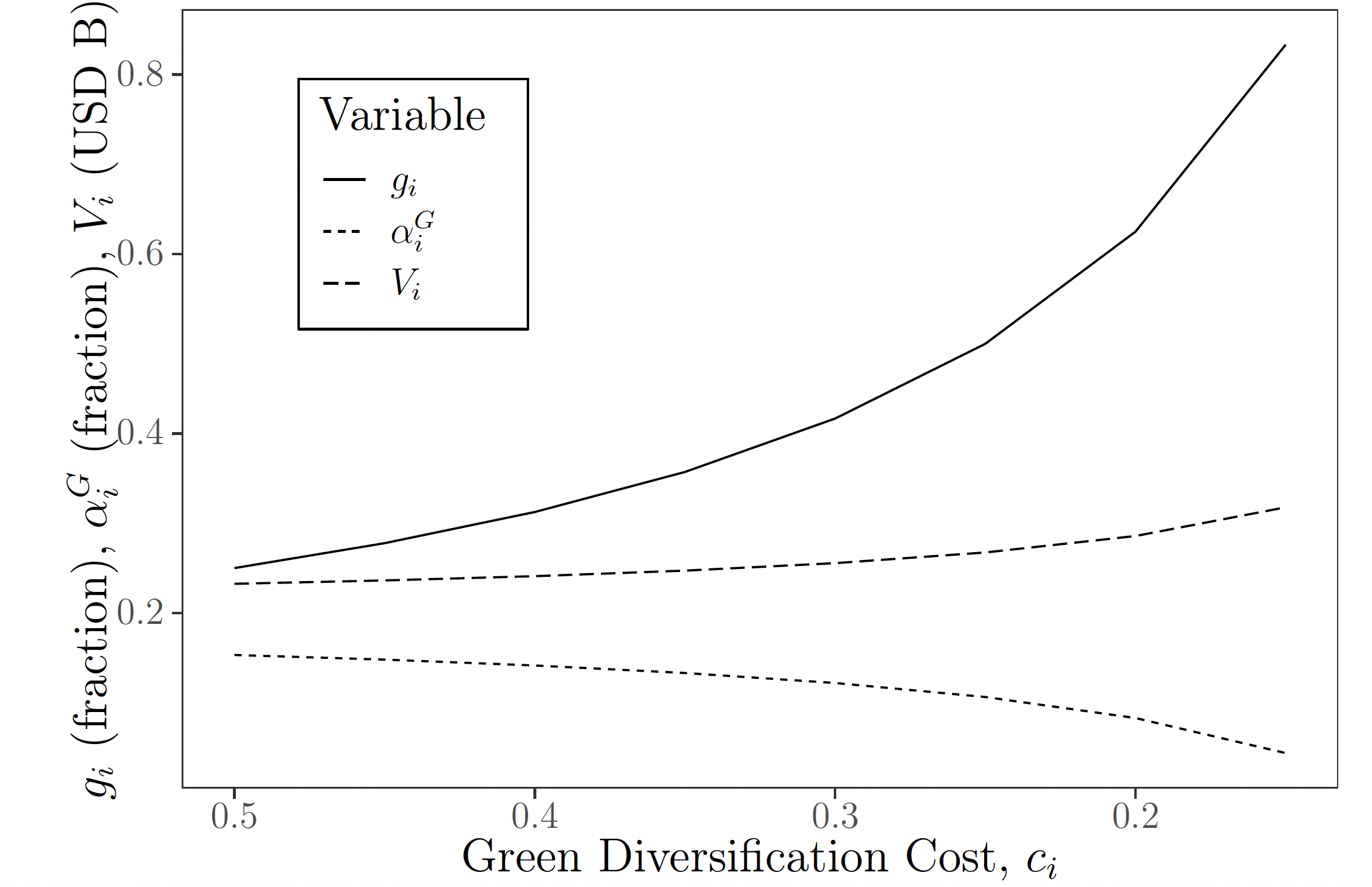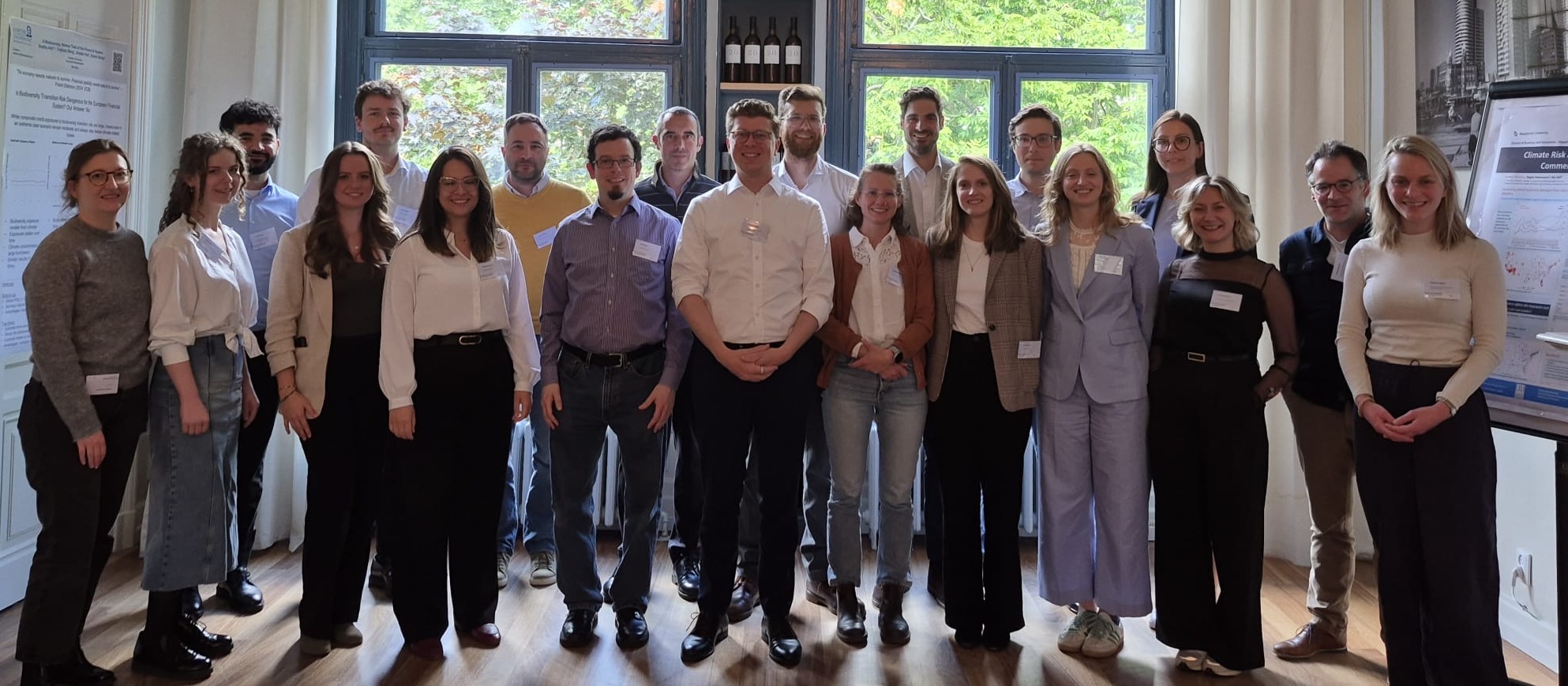).
[
We document a significant difference in the returns to sustainable investing across investor types. Investors with strict ESG mandates earn 3.1% less than flexible investors. The mechanism is that flexible investors are able to react on expected ESG improvements. Without engaging in activism, flexible investors buy stocks that subsequently experience ESG score increases. After ESG improvements have realized, demand from strict mandate investors pushes up stock prices, resulting in positive returns for flexible investors. A new climate sentiment measure shows that the performance gap is higher when accompanied by rising sentiment, as seen during the 2010s. Our channel accounts for 51% of the return difference between strict and flexible ESG investment mandates. Hence, going from backward to forward-looking ESG ratings could reduce both capital misallocation and wealth transfer from strict investors, such as pension funds, to more flexible investors, such as hedge funds.



